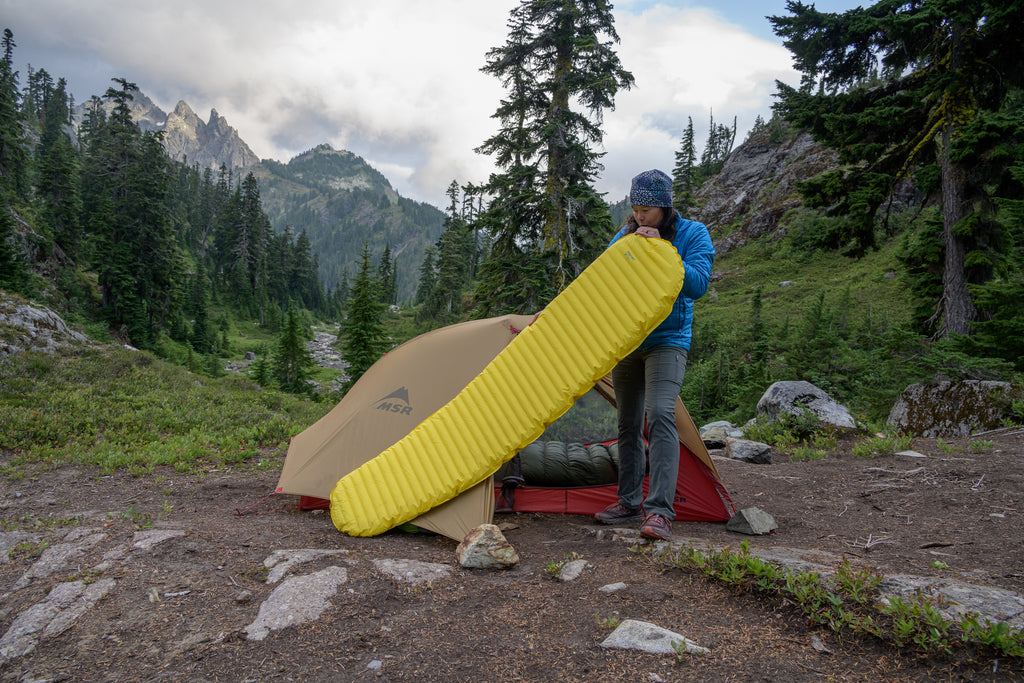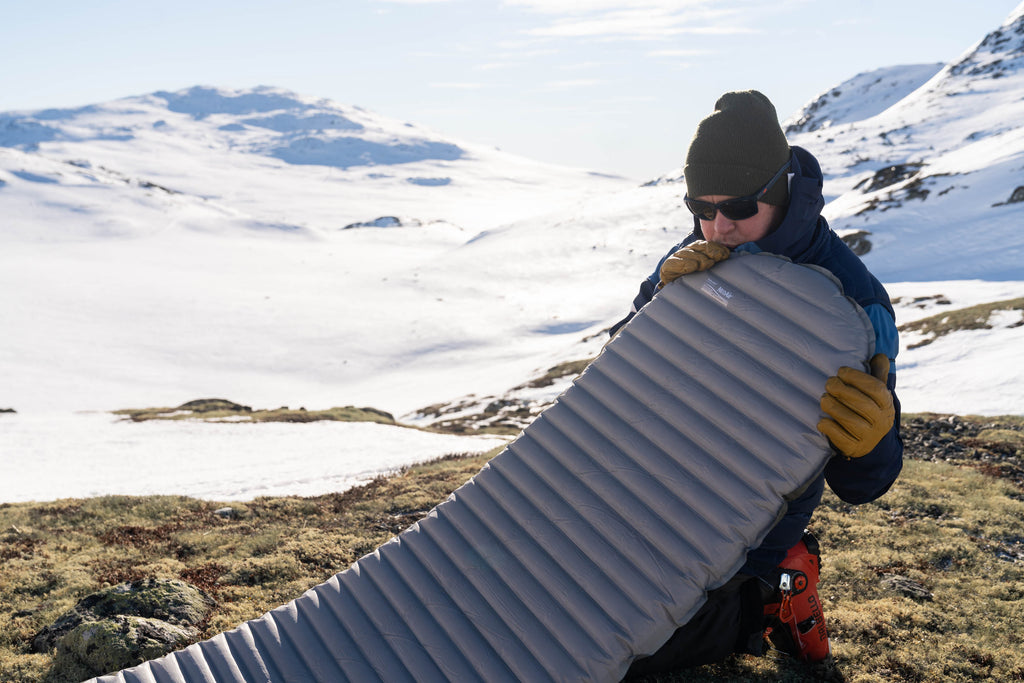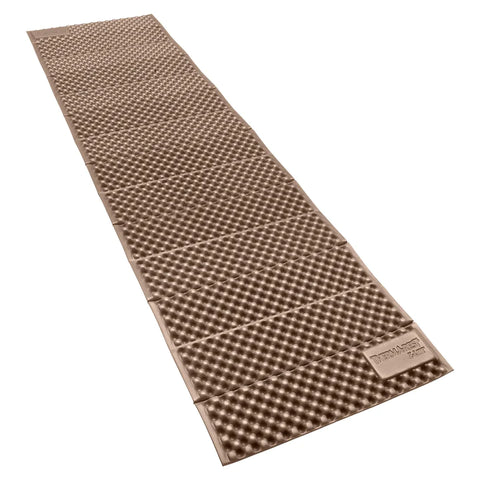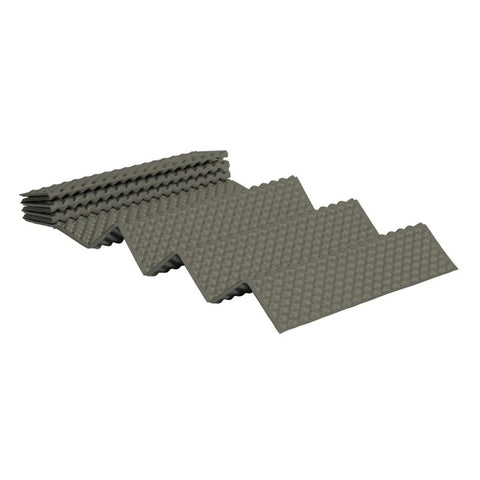So, you’ve gotten into your tent, inflated your brand-new sleeping mat, gone to sleep, and now you’ve woken up on the floor because your mat has deflated.
Ask anybody who’s used an inflatable mat and I’m sure they’d be able to tell you a story just like that!
So what happened?! Your first thought may be that your sleeping mat has a leak. If your mat is of a high-quality, and it’s brand-new, the chances of it being a leak is quite slim.
For example, some brands (such as Therm-A-Rest) pressure test all of their sleeping mats before packaging, and NeoAir mats are also bath dipped to ensure there are no holes. These practices guarantee that your sleeping mat is in great condition when it ships out to you.
You can look and test for leaks though if you’re unsure! Many brands have their own great tutorials for how to test for and fix punctures. Some of these can be found below:
If you do happen to find a puncture, repair kits such as the Therm-A-Rest Instant Field Repair Kit can be used to patch them.
However, the most likely reason that your sleeping mat is deflating is due to the air inside compressing. As the temperature decreases during the night, the air inside the sleeping mat is going to compress. Unfortunately, no matter how great your sleeping mat is, this will always be the case. Thanks for that physics!
There are some steps that you can take to minimise the effects of this though.
Firstly, the way in which you inflate your camping mat is really important for this. You may find it easier to inflate with your own breath, however this can worsen the effects. This is because your breath is warm, meaning the air will need to cool down further to match the environmental temperatures. The more the air drops in temperature, the more air compression that takes place.
To reduce the amount of air compression taking place, the air you pump into the mat needs to be a similar temperature to the surrounding air. The best way to do this is by using a pump sack. By using a pump sack, you are pushing the surrounding air directly into the sleeping mat.
Naturally, the environmental air temperature will decrease during the night, however the air inside of your sleeping mat won’t decrease in temperature as much as if you had used your breath to inflate it.
Inflating your mat with ambient air is going to be super helpful for reducing the amount your sleeping mat deflates during the night, however it’s not the only thing you can do!
The next trick I’d recommend is double inflation. So what this means is inflating your sleeping mat as soon as you get everything set up ready for camp. Then, top it off with some more air when you’re ready to sleep.
Not only is this going to stabilise the temperature inside of your sleeping mat, but it’s also going to allow the material to stretch; when you first inflate the material of your sleeping mat will stretch, and then begin to “sag”, which will make it seem like your mat has deflated even more.
Once you have given your sleeping mat the time to accustom to the change in temperature and stretch out, you can then top up the air to your desired comfort level ready for the night, ready to spend the night cosy in your sleeping bag.
Finally, in really cold conditions I’d recommend using a foam mat underneath your air mat as this can further reduce air compression, whilst also protecting it from punctures.
Need a recommendation for a quality foam mat? Have a look at these:
The Therm-A-Rest Z Lite SOL is a fantastic compact and lightweight closed-cell foam pad, with a weight of just 410g. With an R-Value of 2.0, this mat is ideal for warm weather, or adding an extra layer of warmth under your sleeping system.
The original Therm-A-Rest Z Lite weighs the same at 410g, and has an R-Value of 1.7. This original version is still virtually indestructible and has a brilliant compact design.
Even lighter at 325g the durable and versatile Exped FlexMat M has an R-Value of 1.5, working perfectly as a warm weather mat, or adding a layer of protection and insulation.
Tip: Let out some of the air in your sleeping mat in the morning. This is because as it gets warmer, the air inside of your sleeping mat will expand, which may cause your mat to “pop” if you have firmly inflated it.
Looking for a new inflatable sleeping mat? We have so many fantastic options for you to choose from at Valley + Peak, including the popular NEW Therm-A-Rest NeoAir XLite NXT Sleeping Mat, Big Agnes Rapide SL Insulated Sleeping Mat and the Sea to Summit Ether Light XT Extreme.






